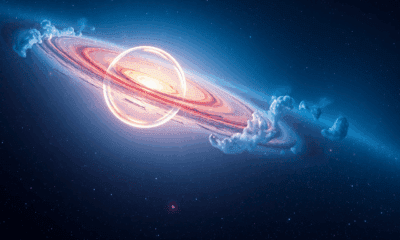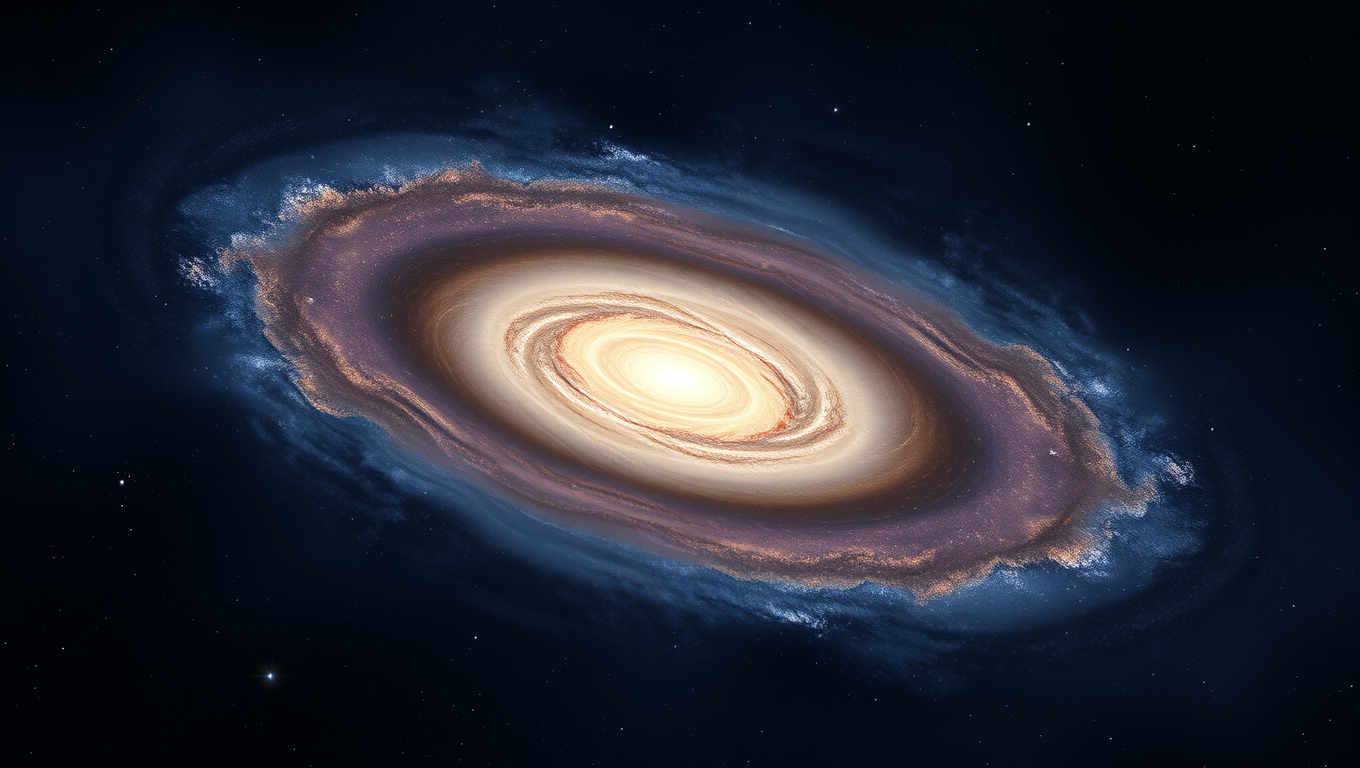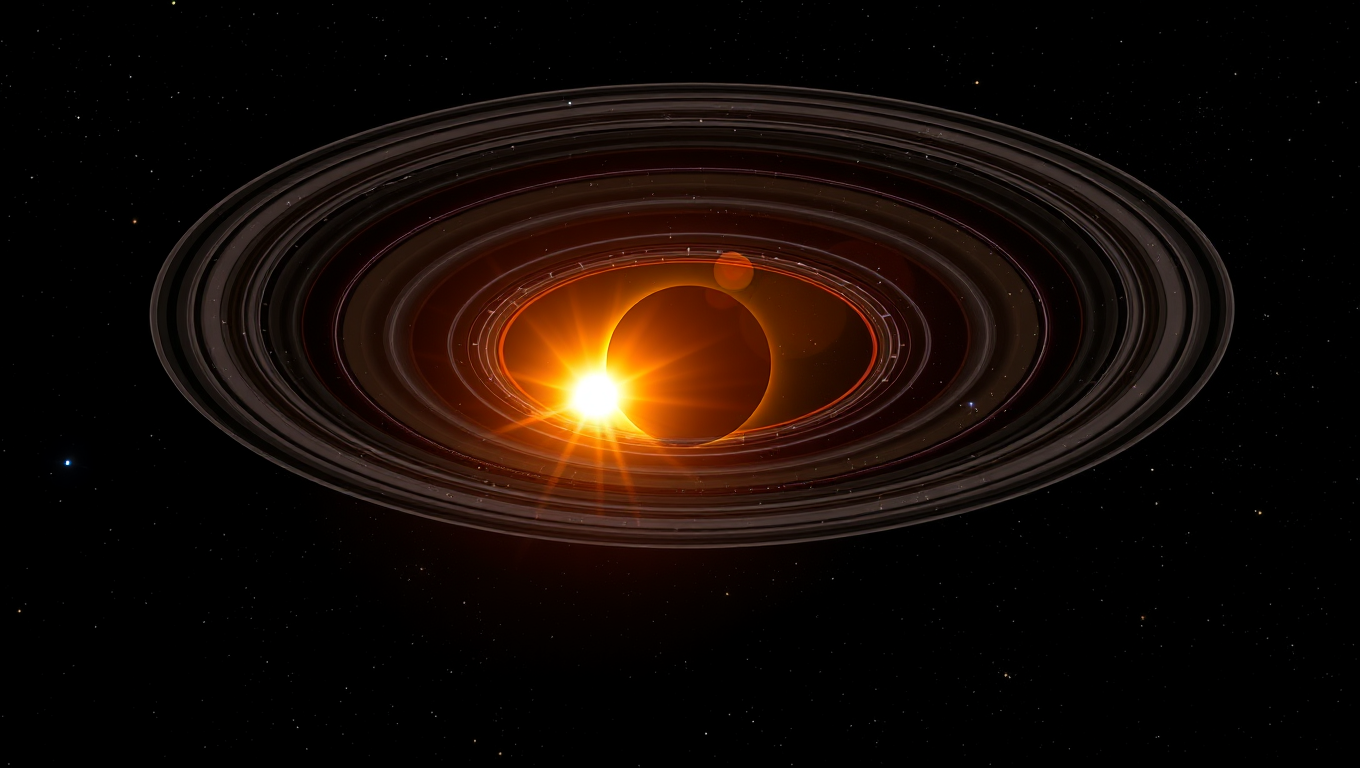While we try to keep things accurate, this content is part of an ongoing experiment and may not always be reliable.
Please double-check important details — we’re not responsible for how the information is used.
Astronomy
Signs of Alien Life May Be Hiding in These Gases: A New Approach to Detection
Scientists identify a new way to detect life in outer space with currently existing telescopes. The method hinges on worlds that look nothing like Earth, and gases rarely considered in the search for extraterrestrials.

Astronomy
A Star’s Double Blast — First-Ever Image Reveals Cosmic Fingerprint
Astronomers studying the remnant SNR 0509-67.5 have finally caught a white dwarf in the act of a rare “double-detonation” supernova, where an initial helium blast on the star’s surface triggers a second, core-shattering explosion.
Astronomy
JWST Unlocks Secrets of Galaxy Formation
Using the James Webb Space Telescope, scientists spotted thin and thick disks in galaxies as far back as 10 billion years ago—something never seen before. These observations reveal that galaxies first formed thick, chaotic disks, and only later developed the calm, thin disks seen in modern spirals like the Milky Way.
Astronomy
Unveiling the Early Stages of Planet Formation Around Young Stars
In a stellar nursery 460 light-years away, astronomers sharpened old ALMA data and spotted crisp rings and spirals swirling around 27 infant stars—evidence that planets start taking shape just a few hundred thousand years after their suns ignite, far earlier than anyone expected.
-

 Detectors3 months ago
Detectors3 months agoA New Horizon for Vision: How Gold Nanoparticles May Restore People’s Sight
-

 Earth & Climate4 months ago
Earth & Climate4 months agoRetiring Abroad Can Be Lonely Business
-

 Cancer4 months ago
Cancer4 months agoRevolutionizing Quantum Communication: Direct Connections Between Multiple Processors
-

 Agriculture and Food4 months ago
Agriculture and Food4 months ago“A Sustainable Solution: Researchers Create Hybrid Cheese with 25% Pea Protein”
-

 Diseases and Conditions4 months ago
Diseases and Conditions4 months agoReducing Falls Among Elderly Women with Polypharmacy through Exercise Intervention
-

 Chemistry3 months ago
Chemistry3 months ago“Unveiling Hidden Patterns: A New Twist on Interference Phenomena”
-

 Albert Einstein4 months ago
Albert Einstein4 months agoHarnessing Water Waves: A Breakthrough in Controlling Floating Objects
-

 Earth & Climate4 months ago
Earth & Climate4 months agoHousehold Electricity Three Times More Expensive Than Upcoming ‘Eco-Friendly’ Aviation E-Fuels, Study Reveals





























